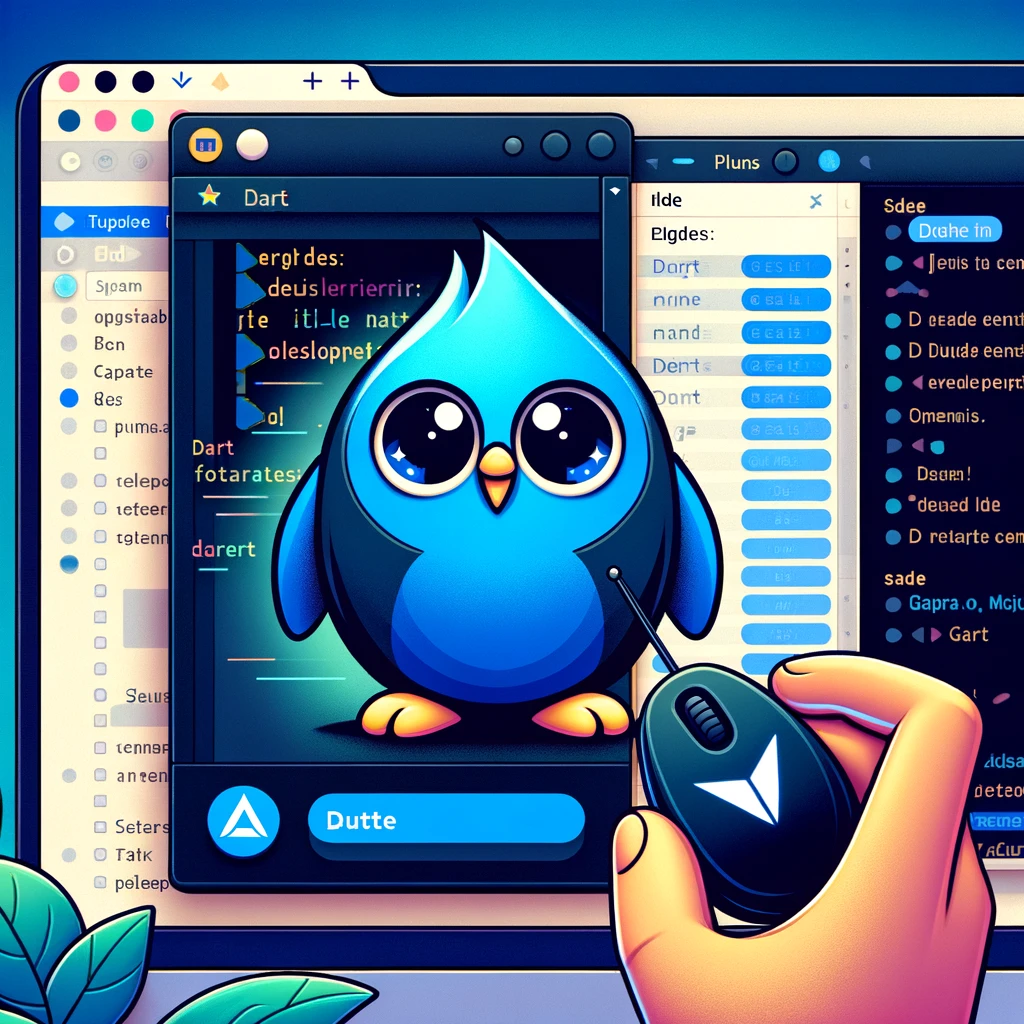Introduction
Flutter’s rich set of customizable widgets allows you to create beautiful and responsive user interfaces. This guide will walk you through the process of using various Flutter widgets to build stunning UIs.
Table of Contents
- Introduction to Flutter Widgets
- Layout Widgets
- Styling Widgets
- Interactive Widgets
- Animations
- Best Practices
Introduction to Flutter Widgets
Widgets are the building blocks of a Flutter app’s UI. They describe what the UI should look like and are used to construct the user interface.
Explore more in our Flutter Widgets Guide for an in-depth understanding of widgets.
Layout Widgets
- Container:
- A versatile widget for adding padding, margins, borders, and background color.
Container( padding: EdgeInsets.all(16.0), margin: EdgeInsets.all(8.0), decoration: BoxDecoration( color: Colors.blue, borderRadius: BorderRadius.circular(8.0), ), child: Text('Hello, Flutter!'), ); - Row and Column:
- Used for arranging widgets horizontally (Row) or vertically (Column).
Row( mainAxisAlignment: MainAxisAlignment.spaceBetween, children: [ Text('Item 1'), Text('Item 2'), Text('Item 3'), ], );dartCopy codeColumn( mainAxisAlignment: MainAxisAlignment.center, children: [ Text('Item A'), Text('Item B'), Text('Item C'), ], ); - Stack:
- Allows widgets to overlap each other.
Stack( children: [ Container(color: Colors.red, width: 100, height: 100), Positioned( top: 10, left: 10, child: Container(color: Colors.blue, width: 50, height: 50), ), ], );
Styling Widgets
- Text Style:
- Customize the appearance of text using the
TextStyleclass.
Text( 'Stylish Text', style: TextStyle( fontSize: 24, fontWeight: FontWeight.bold, color: Colors.green, ), ); - Customize the appearance of text using the
- BoxDecoration:
- Add decorations like background color, gradient, and border to containers.
Container( decoration: BoxDecoration( gradient: LinearGradient( colors: [Colors.red, Colors.blue], ), border: Border.all(color: Colors.black, width: 2), ), );
Interactive Widgets
- Button Widgets:
- Use
ElevatedButton,TextButton, andIconButtonfor user interactions.
ElevatedButton( onPressed: () {}, child: Text('Click Me'), ); - Use
- TextField:
- For user input.
TextField( decoration: InputDecoration( labelText: 'Enter your name', border: OutlineInputBorder(), ), ); - Checkbox:
- For toggling options.
Checkbox( value: true, onChanged: (bool? value) {}, );
Animations
- AnimatedContainer:
- Animates changes to its properties.
AnimatedContainer( duration: Duration(seconds: 1), color: Colors.blue, width: 100, height: 100, ); - FadeTransition:
- Creates a fade-in and fade-out effect.
FadeTransition( opacity: animation, child: Text('Fading Text'), ); - AnimatedBuilder:
- Creates complex animations by combining multiple animation objects.
AnimatedBuilder( animation: animationController, builder: (context, child) { return Transform.scale( scale: animation.value, child: child, ); }, child: Container(color: Colors.red, width: 100, height: 100), );
Best Practices
- Use Composition:
- Combine simple widgets to create complex UIs.
- Optimize for Performance:
- Use
constconstructors where possible and avoid unnecessary rebuilds.
- Use
- Maintain Consistency:
- Follow consistent design patterns and naming conventions.
Conclusion
Creating beautiful UIs with Flutter widgets is both fun and rewarding. By understanding and using the various widgets available, you can build visually appealing and interactive applications. For more advanced techniques, explore our Flutter UI/UX Design articles.
